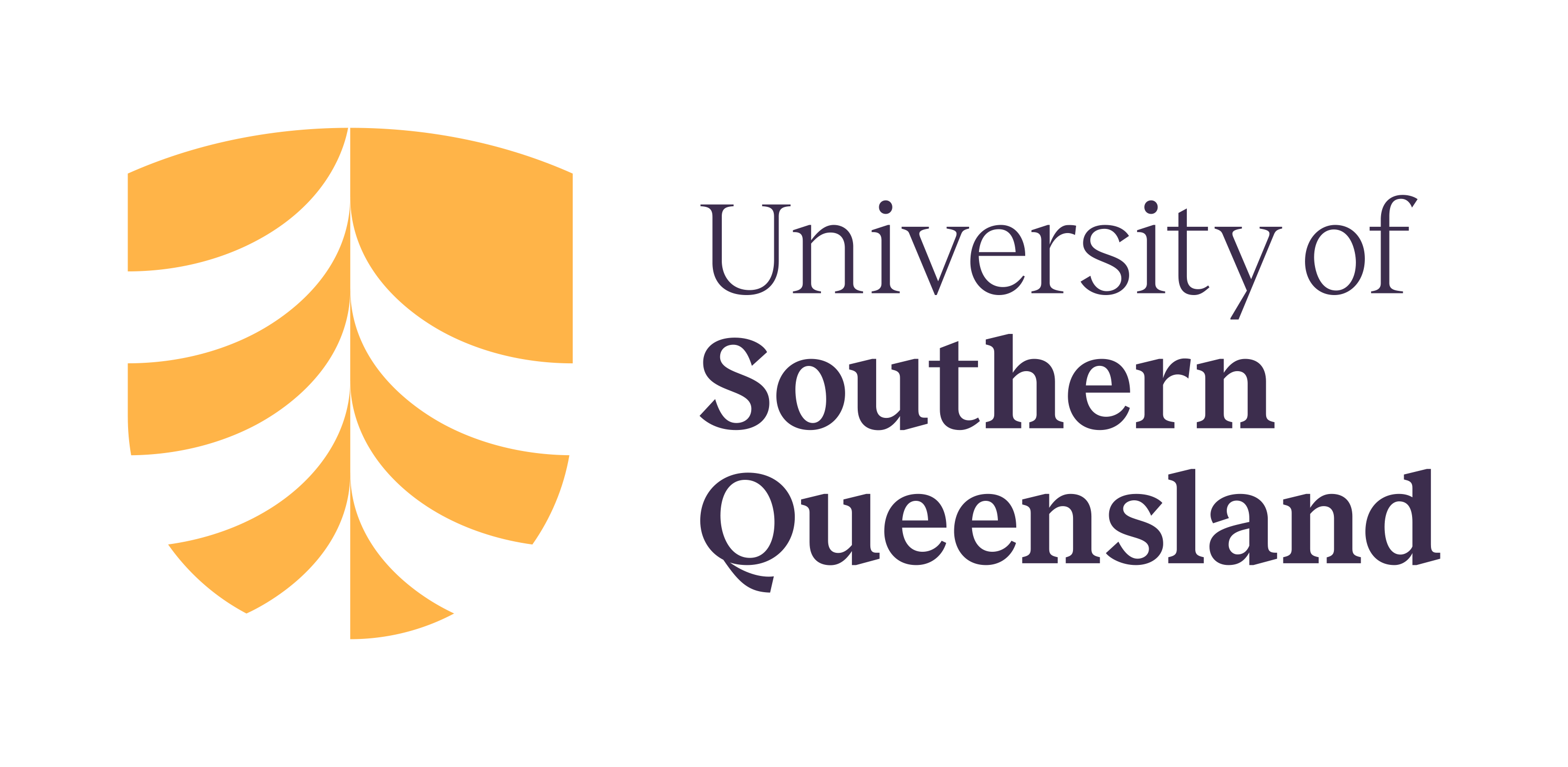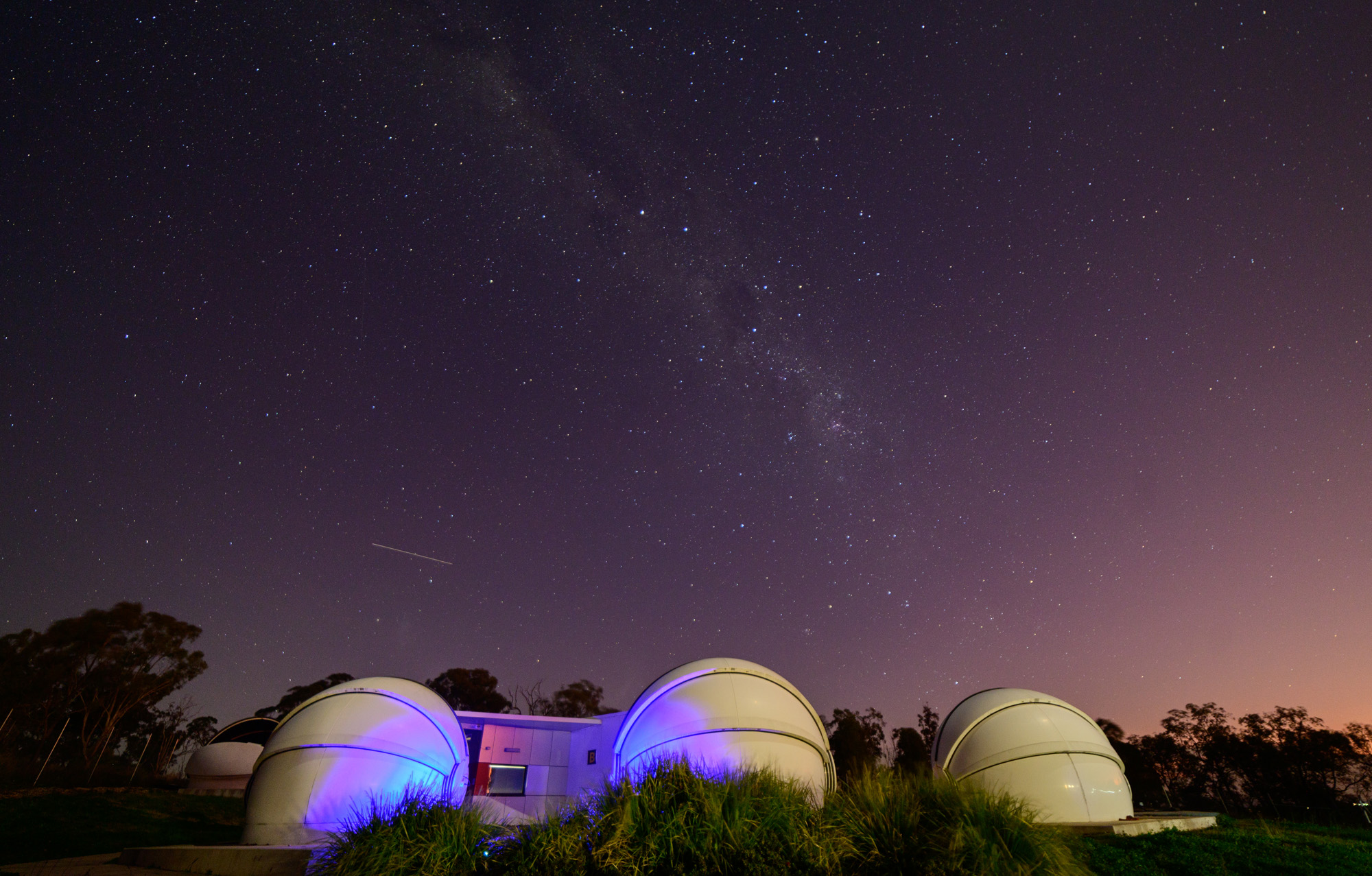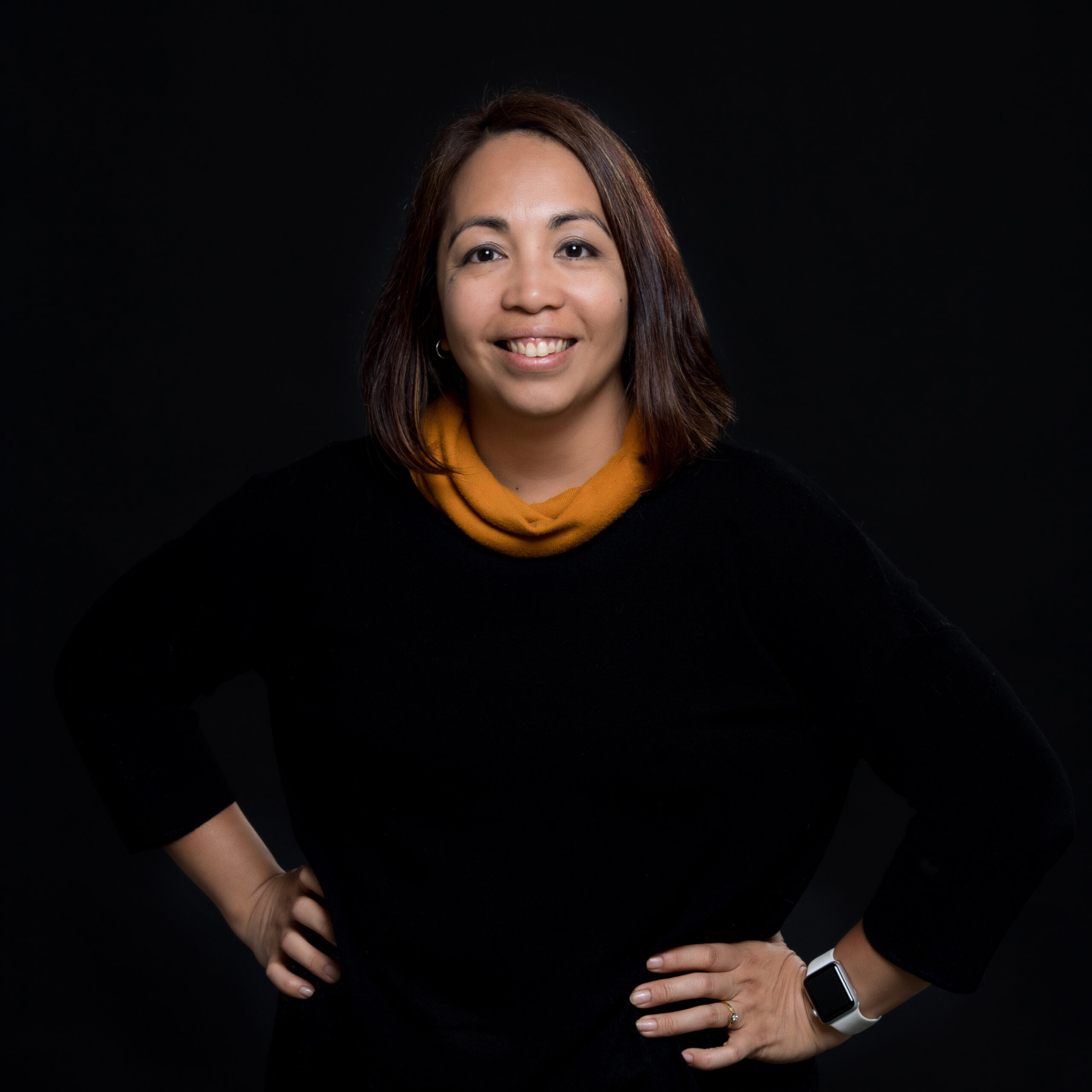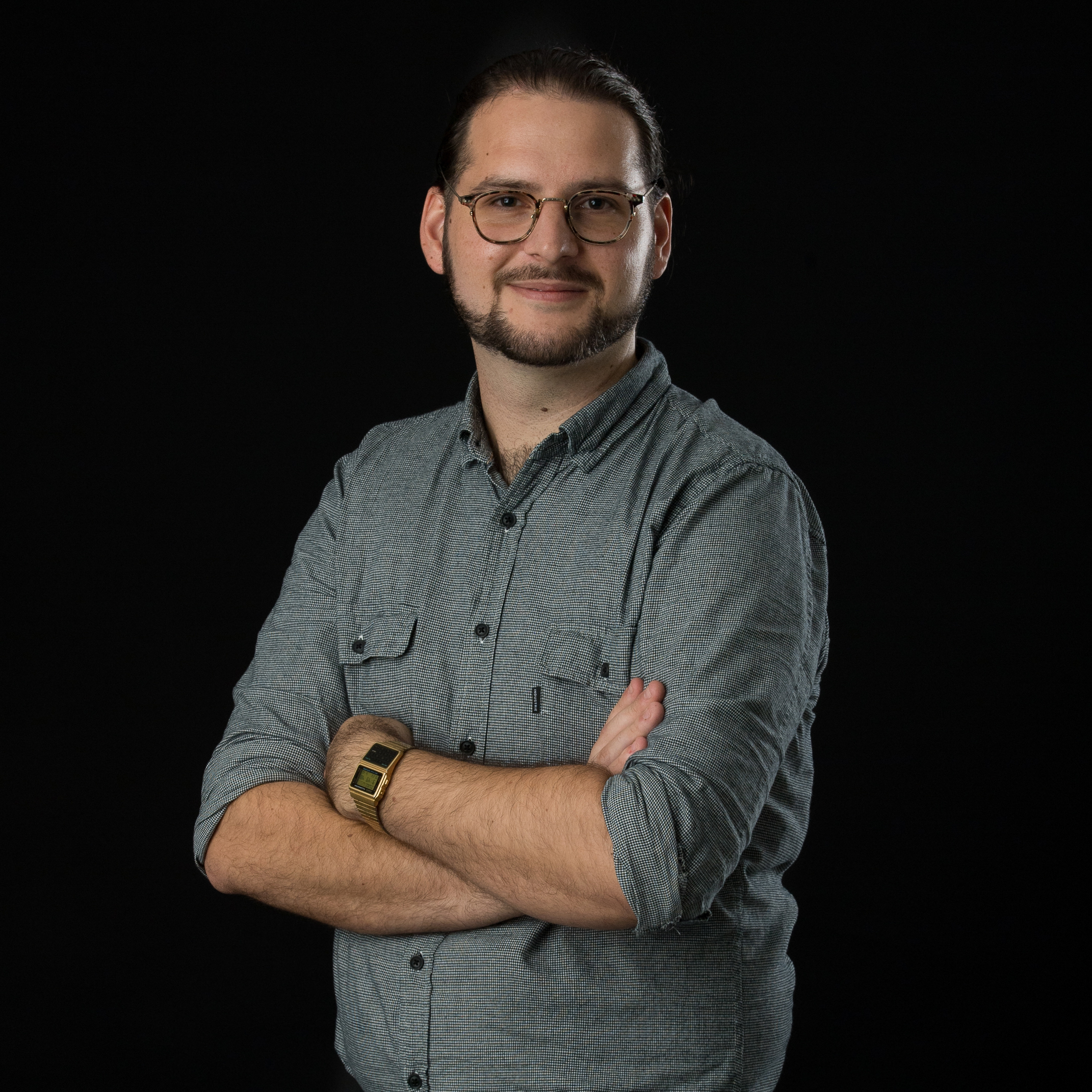UniSQ’s Mount Kent Observatory sits gracefully on the Darling Downs with a magnificent dark-sky view of the stars. When invited to capture the area, a night-time shoot was impossible to pass up. Even better, over the weeks of testing, we experienced ultra-dark skies and three meteor showers! But what is the best way to capture the stars?
Preparation
Before getting the cameras out (or even packing gear), a shoot of this scope requires extensive planning.
First, we needed to test the capabilities of our cameras by running a long exposure timelapse tests. The Nikon D5 was run in a dark room on a single battery (7 hours) with 30 second exposure, at a 40 second interval which resulted in 12 seconds of footage (832 photos!). Similarly, the insta360 Pro 2 was run at night time on a single battery (1 hour 45 minutes) with 36 second exposure, at a 40 second interval. Noticeably, this shorter battery time for the insta360 Pro 2 meant that any prolonged nightlapses would need to be connected to power.
Second, an aerial map of the space and Planit Pro (an astronomy tracking app designed for astrophotography) were used to plan where the milky way belt would be in relation to the observatory. Through this process, a detailed shotlist outlining the position for each camera, their intended astronomical target, and any included buildings was thoroughly planned.
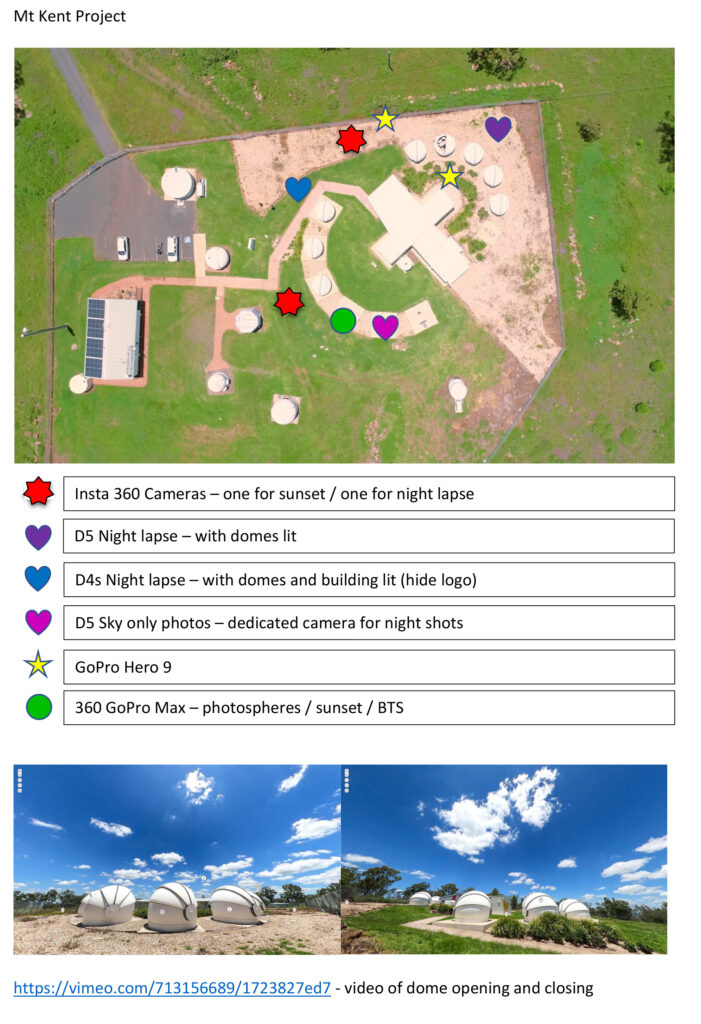
Third, we had one night to capture as many different angles as possible and subsequently ran five DSLR cameras and one GoPro Hero 10 for timelapses, another DSLR for still photography, and two insta360 Pro 2s. With the shot-list planned, and the camera capabilities figured out but, as we found out, astrophotography is a completely different style of photography. Taking a photograph relies on the amount of light that enters the camera.
A Long Shutter
There are 3 factors to consider: shutter, ISO, and aperture. Shutter refers to the amount of time that light hits the sensor, ISO indicates the sensitivity to the light captured, and aperture is the focal length of your camera lens (which impacts the amount of light let in and what is in focus).
Since we are working in the dark, a long exposure (i.e. longer shutter speed) will allow a good amount of light to enter. Furthermore, the darker the sky, the brighter the stars. Hence a new moon is the most ideal to take this kinds of photos. It takes surprisingly little moonlight to pollute the sky when photographing with a long exposure (as we later found out).
After testing the cameras (excluding the insta360 Pro 2), the longest we could leave the shutter open for was 30 seconds. We then factored in the maximum ISO we wanted use before the photos became too grainy. Being that the stars are a long (long) way away, and quite difficult to focus, so we set the aperture to inifinity which kept everything in focus and let in as much light as possible with the chosen shutter and ISO setting.
The test shots were taken during an incredibly fortuitous weekend that featured three meteor showers with a completely new moon (i.e. no moon!).

But can we apply the same techniques to 360 photography? Luckily, the insta360 Pro 2 cameras we currently use (for high definition shoots) can manually extend the shutter speed to a maximum of 59 seconds! With this in mind, we just needed to test how the camera’s sensors responded to the ultra-low light conditions required for astrophotography.
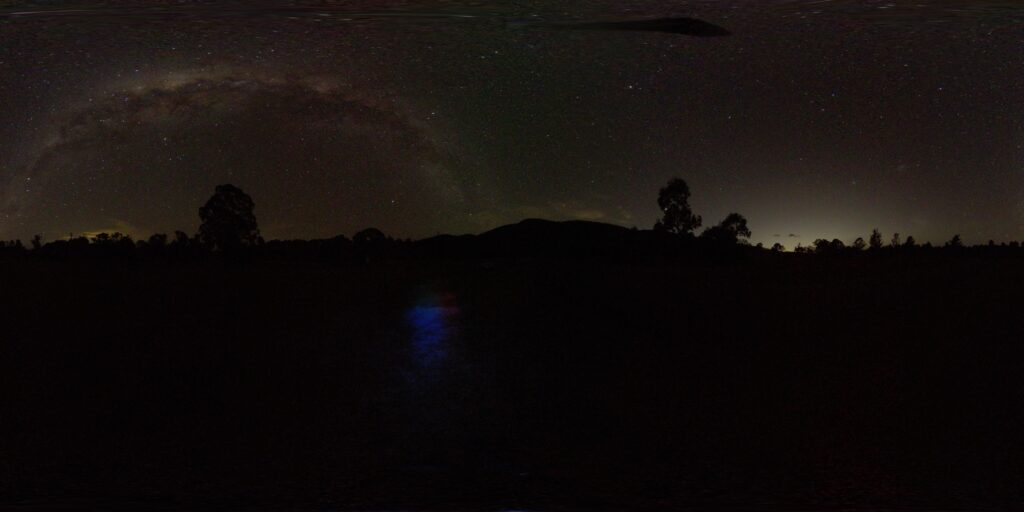
ISO: 1600 Shutter: 25 seconds
While the settings captured a great level of light exposure, the resultant photos exhibit very noticeable noise. For the final shoot at Mount Kent, it became clear that a lower ISO and longer shutter speed was required. The result managed to clearly capture the stars and featured much less noise.
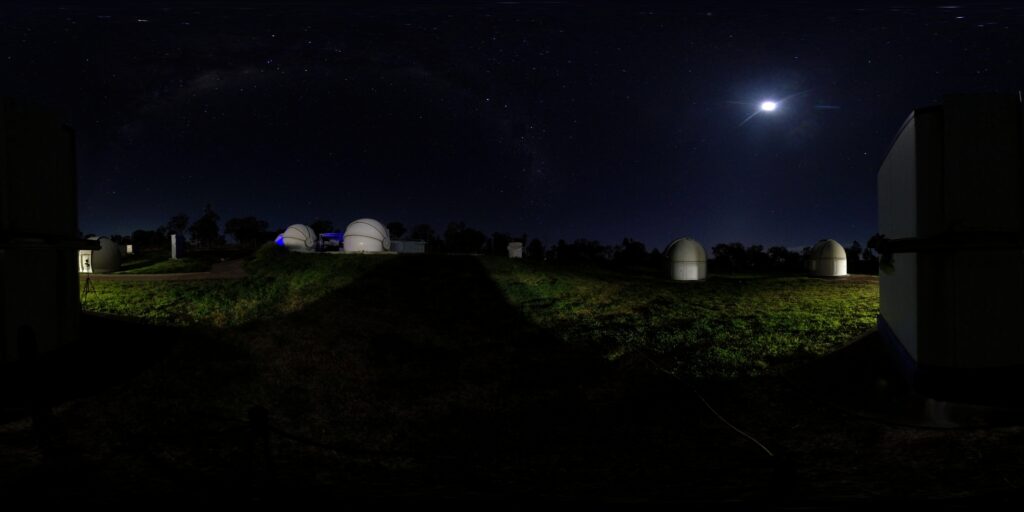
Motion Over Time
Capturing a single image in time looks great! But it doesn’t quite capture the majesty of the Milky Way as it gradually traverses the sky. For that, we needed to stitch multiple photos (taken in sequence over time) together to create timelapse videos.
Timelapses work on a very simple premise: multiple photos are taken at a constant time interval over a set period, but played back at normal video frame-rate (i.e. 25 frames per second). The result is a sped-up representation of real-time, but in the context of astrophotography it enables clear capture of the night sky that is difficult to do with standard video cameras.
Once again, the process for capturing timelapses in 360 is easy with an enterprise-level camera. After finding the appropriate settings, the camera was set to timelapse mode which took a photo every 40 seconds (36 seconds shutter speed plus 4 seconds rest for processing).
Star Trails
With numerous still photos and timelapses under our belt, we couldn’t help but experiment a little bit more. You see, the most stiking astrophotography outputs include a (very) long, open shutter that captures the stars over the course of minutes (even hours). The result of this process creates star trail photography.
But if all our cameras are set to capture timelapses (and the 360 cameras are limited to one-minute exposure times), how could we possibly capture these beautiful star trails? By leveraging timelapse videos of course!
Each timelapse produced an image sequence intended to be played in order within a video frame rate. But instead of playing them in order over time, we thought it might be possible to mimic star trails by stacking each image on top of one another. The process to achieve this used a script to import the entire image sequence into Photoshop and group them into a singular smart object stack. Once stacked, the entire layer could be merged using a myriad of variations, but the maximum setting created the desired start trail effect.
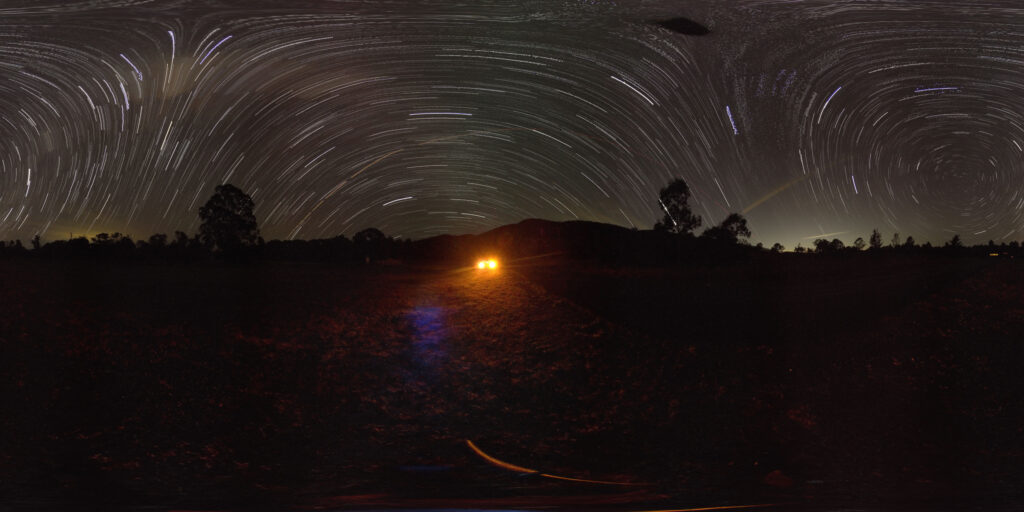
Moving Onward
In this shoot, we pushed the capabilities of our cameras (and crew) and captured lots of incredible footage from the Mount Kent Observatory. Moving forward, we have gained valuable knowledge of astrophotography and look forward to another opportunity to explore the area. But for now, we can simply enjoy the fruits of our labour:
Under the Stars
Star Trail Photography

Click and drag around the above picture to explore the milky way!
